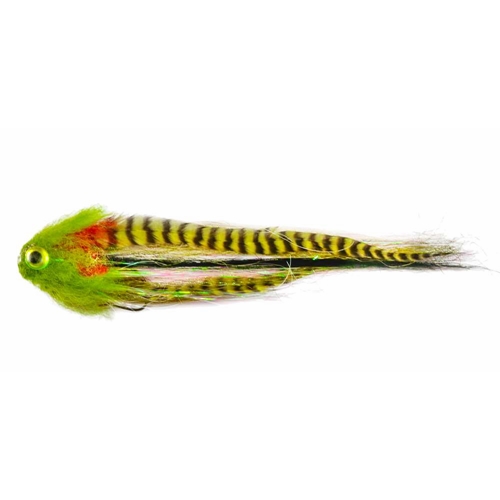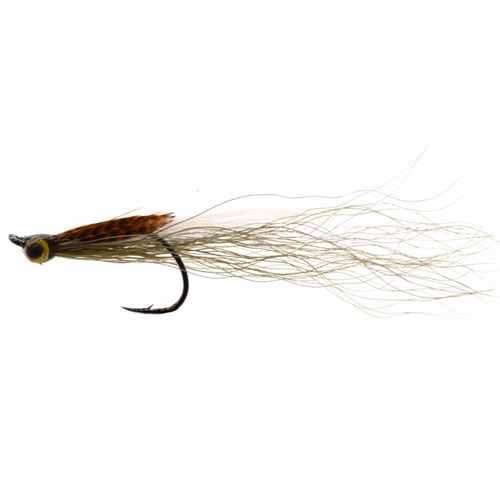 Any reasonably experienced in trout fly fishing knows that the fish tend mostly to feed underwater. So, when fishing deeper waters such as rivers or lakes, it makes sense that putting a fly down to the trout may be more successful than fishing on the surface. This is especially true in the absence of any surface insect activity or hatch.
Any reasonably experienced in trout fly fishing knows that the fish tend mostly to feed underwater. So, when fishing deeper waters such as rivers or lakes, it makes sense that putting a fly down to the trout may be more successful than fishing on the surface. This is especially true in the absence of any surface insect activity or hatch.
The nymph can be weighted, such as the popular bead headed hare's ear nymph or bead headed pheasant tail nymph. Otherwise, the angler can use an attractor pattern like a Prince Nymph. You can also add weights to the leader. Probably the best weight to use is twist on lead or other metal strips because these are less likely to have a negative effect on your casting ability.
A sinking tip fly line can also sink the fly. The most common nymphing and general overall fly fishing technique is the "dead drift" or tight line fishing technique, which even beginners can master. You do this by casting directly across the river, and letting the fly line drift downriver while keeping any slack out of the line. If the Nymph is drifting too fast, simply perform an upstream mend. If the nymph is drifting too slowly you should mend downstream. (see our blog posting on mending).
A beginner needs to point the rod at the fly, lifting it in the event of a strike. This is a "downstream" technique, in which the fisherman moves in a downstream direction. More advanced trout fly fishing techniques employ a highly visible strike indicator attached to the leader above the sinking fly.



















